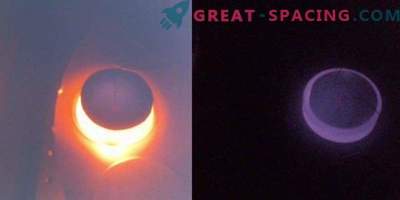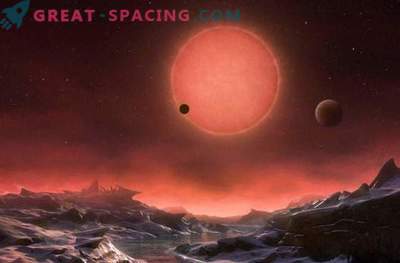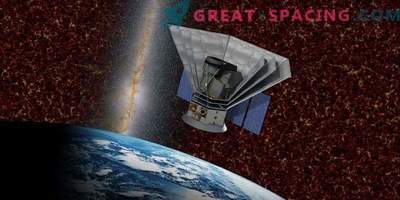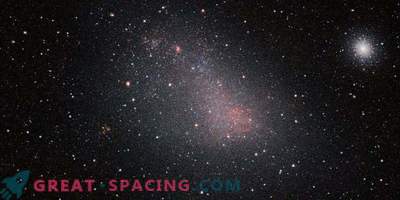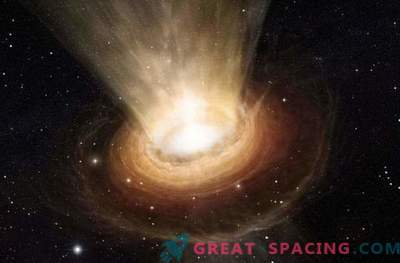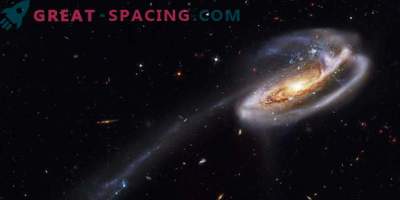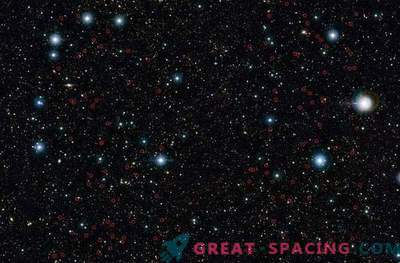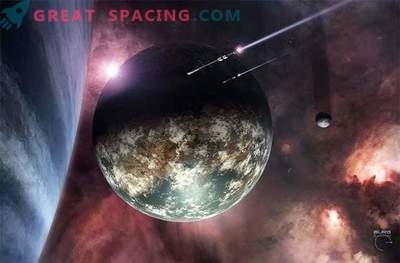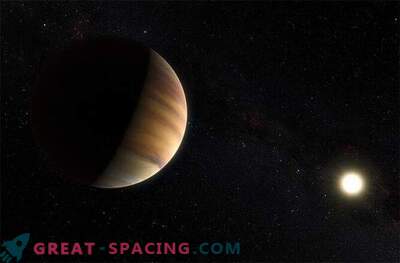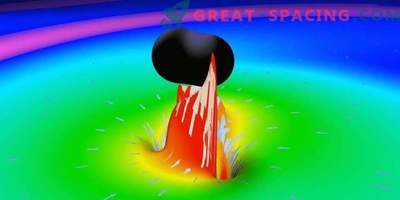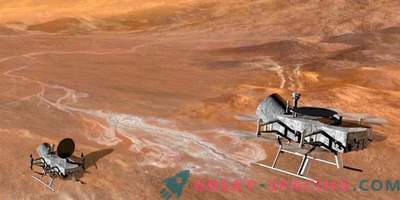
A high-energy overview of the early universe, an infrared observatory for studying the formation of stars, planets and galaxies, as well as an orbiter near Venus. All this is considered as a possible 5th mission of the middle class of ESA, scheduled for launch in 2032.
Among the three candidates were the surveyor of the early Theseus Universe, the Speake infrared telescope and the mission to Venus EnVision. There were a total of 25 candidate concepts. All of them will be studied in parallel, but the final decision in favor of one mission will be made in 2021.
How was the universe born?
Theseus - a new mission to monitor transitional events in high-energy space. He must conduct a full census of gamma-ray bursts in the first billion years of space in order to study the life cycle of the first stars.

Herschel Review of New Stars and Molecular Clouds
Gamma-ray bursts can be released during the supernova period, or when a dying star collapses, creating a neutron star or a black hole. Theseus could provide accurate location of such events, for the study of which involved other space or ground vehicles.
How did the first stars and galaxies appear?
Understanding the origin and evolution of galaxies, stars, planets and life itself is the fundamental goal of astronomy. These questions can be explored using sensitive IR imaging, viewing dust clouds. Spica is a Euro-Japanese project that offers a significant improvement in the capabilities of IR spectroscopy and Spitzer and Herschel observatories. Also, the device will complement the capabilities of already existing large observatories, such as ALMA and the telescope of James Webb.
Why did the Earth and Venus evolve differently?
Venus is sometimes considered almost an earthly twin. They are similar in size, but their development is very different. Venus has a catastrophic runaway greenhouse effect and is now shrouded in a toxic atmosphere.
The EnVision project plans to follow the Venus Express and is focused primarily on atmospheric research. The device will determine the nature and current state of geological activity on the planet and its relationship with the atmosphere. It will display the surface and get detailed radar images, improving the characteristics sent by NASA Magellan back in the 1990s.
In the following years, a more detailed technical and scientific definition of the three concepts will be presented before the researchers focus on a specific mission.

